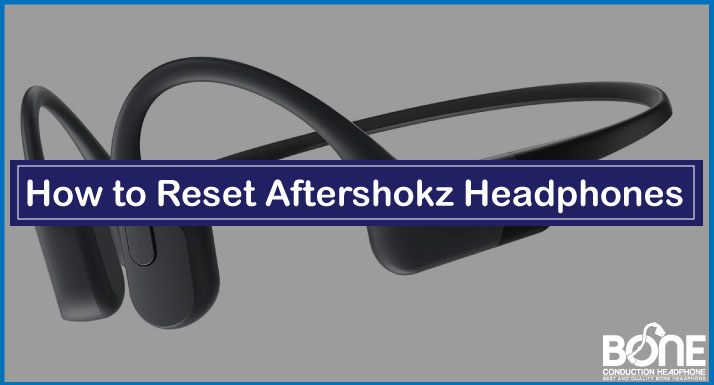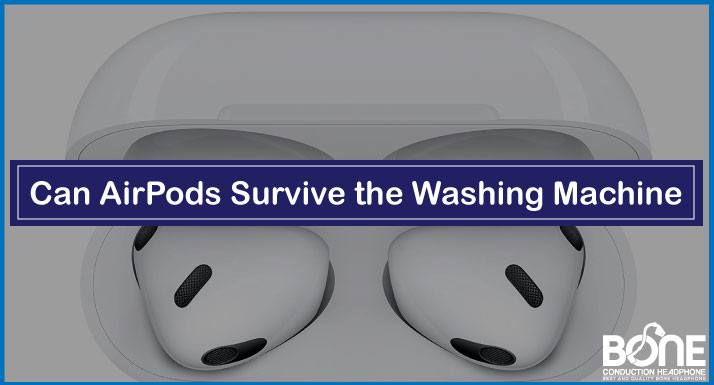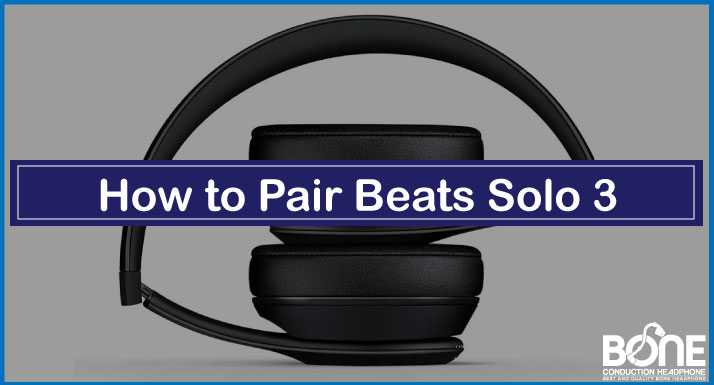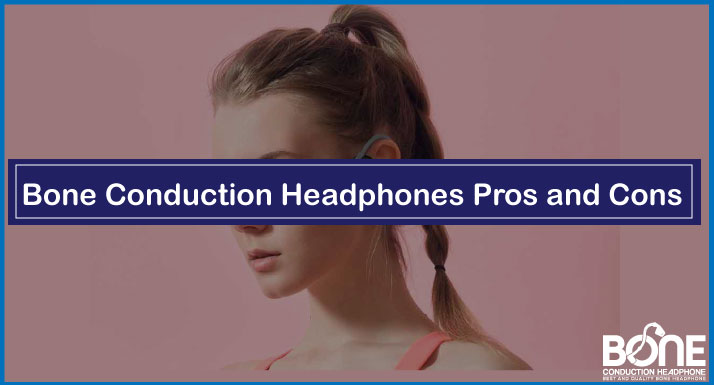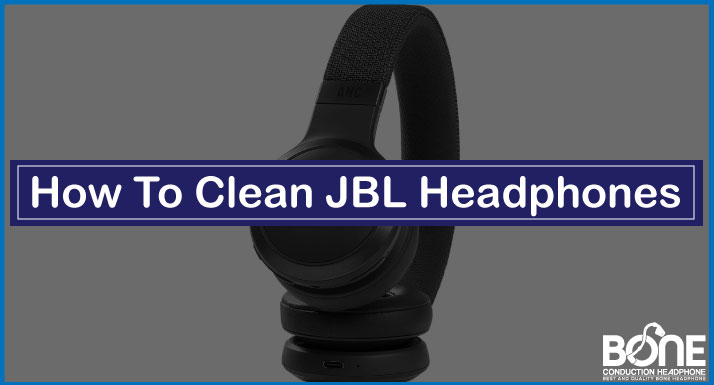Modern devices set the volume 15 dB above the surrounding noise to allow for better sound perception. The total noise generated by these devices is usually around 110 decibels and we can lower the impact by bone conduction. Long-term noise exposure may result in hearing impairment or hearing loss. Do Bone Conduction Headphones Work for Hearing Impaired?
People today are exposed to various kinds of noise daily, and using mobile phones and other portable devices outside the home worsens the problem. And to counter, in recent years, bone conduction has been extremely popular with people (deaf and hard of hearing) who wear hearing aids with the development of new technologies.
A bone conduction aid can be beneficial to people who are adventitiously deaf due to conductive losses. Though, these losses do generally not result in profound deafness.
Let’s dig a little more to know whether Bone conduction headphones suit hard-of-hearing people.
Are Bone Conduction Headphones good for Hearing Impaired?
There is no difference in wearing these headphones for a normal person and someone who suffers from hearing impairment or deafness; both people can benefit from using bone conduction headphones with the same wearing method. In this way, hearing-impaired people are more likely to feel more confident when they hear this way.
So the answer to the question “Do bone conduction headphones work for the hearing impaired?” is YES, bone conduction headphones work for the hearing impaired. But first, you better know how bone conduction works.
How do Bone conduction headphones work?
Bone conduction headphones do not work on the regular headphones principle. They do not use air conduction but use bone as the medium to directly reach the inner ear. The vibrations from the sound signals pass through the bone and hit the cochlea, which transfers the sound signals to the brain.
Bone Conduction Hearing Aid
In the case of a Bone Conduction Hearing Aid, unlike the usual hearing implant or aid that people use in the ear to deal with hearing loss, bone conduction does not require any surgery or in-the-ear aid. Instead, you can use it on the temporal area/ cheekbone to listen to the surroundings quickly.
Are Bone conduction headphones safe for hearing-impaired people?
By transmitting sound directly to the cochlea through bone vibrations, these devices bypass the outer and middle ear and create a new pathway for hearing. Bone Conduction hearing aids do not amplify sound like traditional hearing aids.
All people with Conductive hearing loss, in which the outer and middle ear are blocked from receiving sound, can use bone conduction headphones. Moreover, conductive hearing loss results from damage to the inner ear or cochlea, and people can take assistance from inductive bone conduction headphones.
Do Bone conduction headphones work for hearing impaired?
The bone conduction listening device works as an eardrum that converts the sound waves into vibrations. The vibrations are then sent by the cochlea, via the skull bone, to the brain. The brain interprets them as an impulse signal by the auditory nerve. Therefore, there is no involvement of the eardrums.
Can deaf people hear bone vibrations?
Ludwig Van Beethoven, the famous German composer of the 18th century, was almost deaf when he discovered bone conduction, one of the century’s most important discoveries.
Beethoven discovered a way of hearing the sound of his piano by attaching one end of a rod to the piano and then clenching the other end between his teeth to hear it.
Then, he received a conception of the sound vibration that occurs when the piano’s sound vibrations strike the jaws of his body. Hence, it is evident that sound can reach our auditory system through another medium, not only through the eardrums.
With bone conduction technology, the use of hearing aids has undoubtedly had a significant impact on people with hearing loss and the medical professionals that treat them.
A bone conduction hearing aid is still effective for people with conductive hearing loss, but unlike other types of hearing loss, they can still hear via bone conduction. In summary, in bone conduction headphones, when a pressure gradient exists on either side of the basilar membrane, bone conduction hearing is triggered by the membrane’s vibration.
Effectiveness of Bone-Anchored Hearing Aids
Even though cochlear implants have been effective at helping people with hearing loss, their success is mainly dependent on the air quality and the waves’ ability to penetrate the inner ear and reach the brain. So, if the patient had a damaged middle ear canal, those sound waves would not have been able to penetrate the inner ear, thus rendering the cochlear implants ineffective.
In the above case, Bone Anchored Hearing Aids are the most suitable option that can be used by those suffering from difficulties with hearing and deafness. Bone conduction technology is that which gives a sense of sound to bones.
The hearing aid system contains a titanium plate to which a tiny sound processor is attached and implanted in the ear’s bone. It is important to note that when the sound system is activated, it functions similarly to a conventional hearing aid. This process sends vibrations through the skull to the cochlea rather than a sound wave through the ear canal.
Overall, if we combine all of the above, we find that bone conduction headphones can be used for some hearing problems and work very well, but not in all cases. But there is no doubt that bone conduction headphones work for the hearing impaired.
Best Bone Conduction Headphones for Hearing Impaired
- AfterShokz OpenComm
- Bone Conduction Headphones, WANFEI Running Bluetooth Headphones,
- AfterShokz Aeropex
Do AfterShokz work for deaf people?
One significant benefit of Bone conduction headphones is that they work for deaf people. But it depends on the type of deafness, whether it’s conductive or profound deafness. AfterShokz OpenComm and Aereopex work perfectly by bypassing the sound vibration from the outer and middle ear to the inner ear, which further sends the signals to the brain where music signals are decoded.
Final Words
I have provided you with the utility of bone conduction headphones for the hard of hearing and deaf people. People who are not profoundly deaf can benefit from these reliable headphones and life-saving technology.


